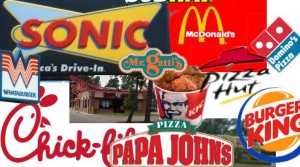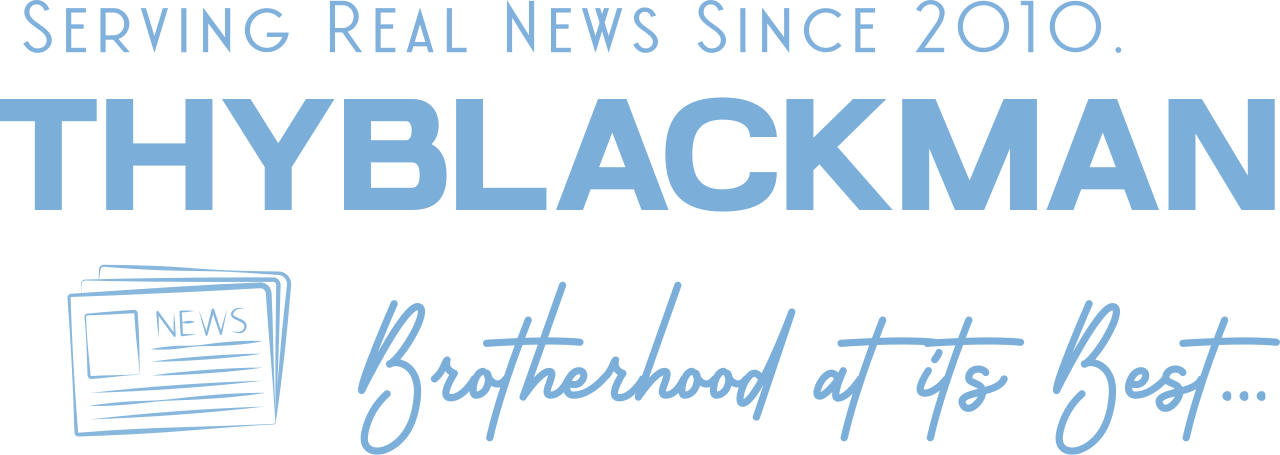(ThyBlackMan.com) Look, I don’t want to go off on a rant or anything, but when I read certain things, I feel like I am losing my mind … or the world has. A recent blog by Sarah Gilbert talked about fast food chains lobbying for food stamps to be used in their stores to buy what they pass off as food.
Really?
Now before you go all wild and say that any food is better than no food in an economy where people are fighting for their lives, there has to be a better solution than feeding more poor quality food to our underserved. There is … and it’s simple.
As we know, America’s poor are more likely than others to suffer from poor nutrition and the resulting obesity and related illnesses than more affluent people. According to statistics, these are the people more likely to get their meals from fast food restaurants because they can get a full day’s worth of calories for under $5. How does real food compete with that?
There’s no good news about fast food and the role it plays in our collective declining health. Evidence suggests that high-calorie, low-nutrient-value foods like those peddled at fast food outlets, including French fries, burgers, soda  and whatever is in a McNugget creates a generation of children raised on poor-quality foods who go on to wrestle with diet-related diseases and struggles with education. It’s a sad and endless cycle of desperation. Low incomes lead to poor nutrition leads to poor health, poor success in school and the cycle continues.
and whatever is in a McNugget creates a generation of children raised on poor-quality foods who go on to wrestle with diet-related diseases and struggles with education. It’s a sad and endless cycle of desperation. Low incomes lead to poor nutrition leads to poor health, poor success in school and the cycle continues.
It’s enough to make food activists apoplectic, screaming for better options for underserved Americans; screaming for better access to fresh food, more food stamp benefits for use at farm markets, community education and outreach to create community gardens in low income areas.
It’s enough for fast food joints to salivate and ask more states to allow the use of food stamps in their outlets. Huh?
Yup. It’s bad enough that many states allow for the use of food stamps for the purchase of soda, candy, ice cream and other junk food sold at supermarkets and convenience stores, but you can not use them for prepared junk food. Hardly a difference in my mind, but still…
A few states (Arizona, parts of California and Michigan) already allow for the purchase of prepared fast food with food stamps from places like Subway, KFC, Burger King and Pizza Hut. The idea is that homeless beneficiaries of food stamps, as well as people with unstable living circumstances, don’t have a kitchen and can’t prepare food. The theory is that it’s better that they buy fried chicken and burgers than candy bars from a corner store. A poor quality meal is better than no meal at all.
Look, this is a tough one, with arguments to be made from both sides. Advocates for health see this as another degeneration of the quality of our food and resulting health, with profits of fast food chains being increased on the backs of the poor.
And while we all wish to see the underserved among us eating hot food, is cheap, fast food the answer? Of course, we can debate all day about the merits of a bucket of chicken versus a Snickers, but I think we can agree that fast food companies love this idea of food stamp use in their restaurants. Paul Caruthers, Yum! Brands’ (owner of Taco Bell, Pizza Hut and KFC) vice president for government affairs thinks the idea for more states to adopt this kind of food stamp program (and is lobbying heavily for it) is a win-win. He says, “It’s obviously of interest from a business standpoint and it provides access to the elderly, homeless and disabled who are underserved.”
I’ll say it’s of interest from a business standpoint! Why not get their greasy paws on some of that government money? It’s great for the health of their bottom line, but what about the health of the underserved Americans eating this junk?
Most people using food stamps can’t make it through the month. Either they do not plan well or their benefits are insufficient for their actual needs. But here’s the thing. In more than 160 farm markets in 20 states, people using food stamps can take advantage of what is known as a ‘double voucher,’ a program that essentially doubles the amount of money in the hands of the customer because the market matches a specified amount of money from a person’s food assistance benefits. They can actually afford to buy the kinds of vegetables, fruits and other fresh foods that create health.
While this reaches only a small portion of the 43 million people in need of food stamp assistance, the existence of a program like this tells us that we do not need to resort to feeding our underserved food that robs them of their health. There is another … and better way to help the underserved get the calories they need to thrive. It can be done.
Food stamps began on the premise that the starving in America needed calories, any calories, but our understanding of the impact of food on health has radically changed since the days of Presidents Kennedy and Johnson. There is now well-documented evidence of the connection between the food insecurity of the underserved and the skyrocketing obesity and related illness rates in this same community. Nine of the ten states with the highest poverty levels also weigh in with the highest obesity rates.
Because the underserved have little access to fresh foods because of their economic status and because many low-income areas do not have full-service supermarkets, grocery shopping is often done in the corner convenience store. The cost of poor-quality calories is far less than the cost of fresh foods … by a huge margin.
And it’s not ignorance on the part of the underserved that drives this problem. Everybody knows of the importance of eating fresh foods for health, but when you can’t afford it; you can’t afford it. At the heart of this is the food stamp program itself. Its budget allows for the average recipient to receive $125.31 per month (as of 2009). That’s about $1.40 per meal. You can buy a lot more empty calories for that money than you can fresh, vital vegetables and fruit.
We have to stop operating on the premise that the only health threat facing the underserved of our country is insufficient calories. We now know that the cost of a diet of empty calories is far higher than we, as a society can afford. We have a responsibility to take care of those less fortunate than we are and I don’t think that includes dinner in a bucket as their only access to a meal.
So the question is this: would we not be wiser to spend our resources on creating ways to feed our underserved … and all Americans with fresh, healthy, nutrient-dense food rather than just cave to the lobbying pressure of the fast food giants whose only interest is to sell us more empty calories, even if they are in the guise of a hot meal?
Written By Christina Pirello

















It makes the poor unhealthy and unmotivated. I can attest as a former fast food junkie it inspires only laziness. Simple sugar is an addictive drug and the fast food industry is the dealer.
The double voucher seems like a good idea. Maybe they could throw in a little extra money each month for recipients who were willing to take a few cooking classes as well. It’s not even so much cooking as ‘food strategy’. You have to map it all out before even going to the store. Eating healthy on the cheap takes real skills and the ability + desire to work with the raw materials. Another thing that could be done is to assign a ‘food coach’ if a recipients weight/BMI gets above a certain level. That may sound a little intrusive, but I think it could be helpfull if done in the right way.
What is your solution?